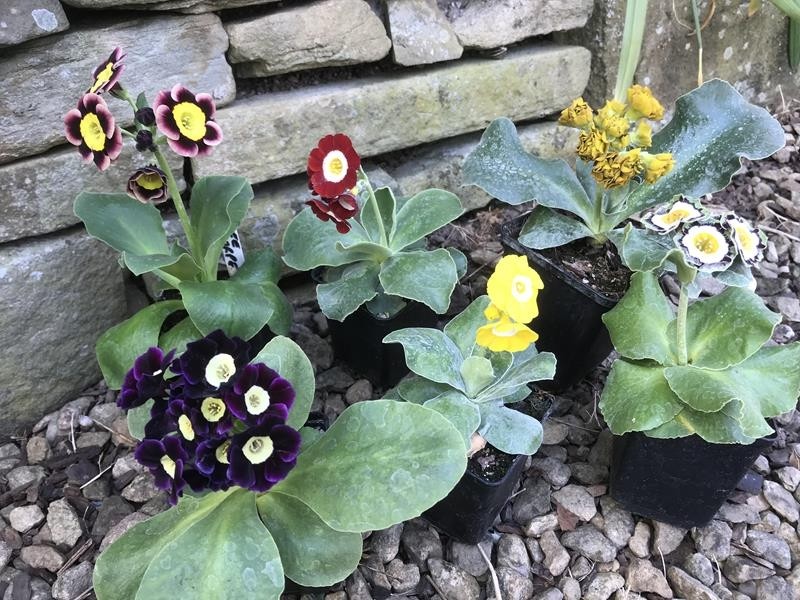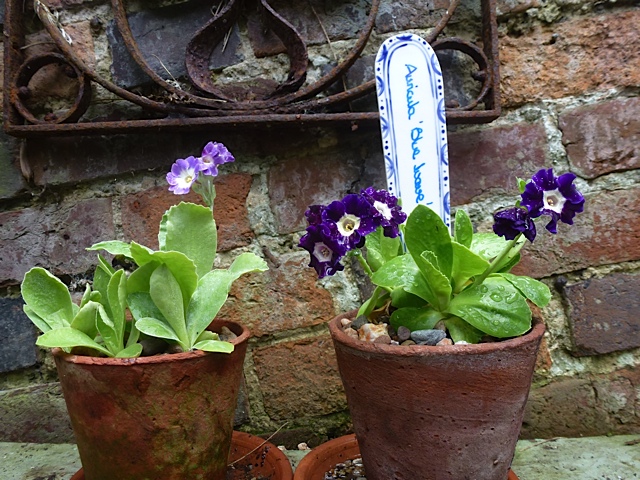

The second school of thought which seems more plausible is that they arrived, as did most other flowers, by the interchange between leading Continental and English plantsmen. However, at that time, these plants were still novelties and were grown only by the rich. One is that they were introduced by Huguenot Flemish weavers fleeing religious persecution in the 1570s. There are two schools of thought as to how auriculas reached England. Georg Dionysius Ehret (1708-1770), A Blue auricula and ButterflyĪuriculas first appeared in European and English gardens around the mid-sixteenth century. I have always found these flowers mesmerising: their symmetry, colours, shape…they almost look too perfect to be natural! Like many of the things that catch my eye, I decided to delve into these fascinating flowers. This time was with flowers, more specifically with Auriculas. Taxon 54 (3): 775–788.Primula Auricula 19 June, 2020 / Directorio DecoĪ couple weeks ago I found myself going down the Pinterest rabbit hole again. Kadereit (2005): Typification and synonymization in Primula sect. Botanical Journal of the Linnean Society 146: 1–26. Auricula (Primulaceae) based on two molecular data sets (ITS, AFLPs), morphology and geographical distribution. Kadereit (2004): Classification of Primula sect. ^ "National Auricula & Primula Society - Midland & West Section".^ "National auricula and primula society, northern section"."Bridgnorth plant nursery to feature on Gardener's World". ^ "RHS Plant Selector - Primula auricula".^ a b RHS A-Z encyclopedia of garden plants.Primula auricula is depicted on the obverse side of Austrian € 0.05 euro coins. Thousands of cultivars are available in a wide range of colours, and several societies are devoted to their cultivation and display. The term auricula is also used collectively for plants which have been developed from a hybrid between P. In the UK two National Collections of auriculas are held by Hillview Hardy Plants nursery, on a 1 acre (0.4 ha) plot in Worfield, Shropshire.

This plant has gained the Royal Horticultural Society's Award of Garden Merit. lutea had been considered synonymous with P. auricula, with the former being found further south and east (Apennines, Carpathians, Balkans, and the southern and eastern Alps). Taxonomy Ī recent study split the species into two, Primula lutea and P.

The specific epithet auricula means "ear-shaped", and refers to the shape of the leaves. The yellow flowers grow in clusters on 5–20 cm (2–8 in) long stalks. The leaves are obovate and stalkless, with a cartilaginous edge, all growing in a basal rosette, and sometimes covered in a mealy white bloom. It is an evergreen perennial growing to 20 cm (8 in) tall by 25 cm (10 in) wide. Primula auricula, often known as auricula, mountain cowslip or bear's ear (from the shape of its leaves), is a species of flowering plant in the family Primulaceae, that grows on basic rocks in the mountain ranges of central Europe, including the western Alps, Jura Mountains, the Vosges, the Black Forest and the Tatra Mountains.


 0 kommentar(er)
0 kommentar(er)
